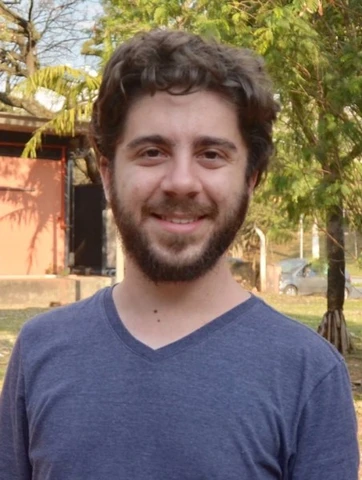Felipe Perissato
felipe.perissato@uni-erfurt.deDoktorand (Max-Weber-Kolleg für kultur- und sozialwissenschaftliche Studien)
Besucheranschrift
Max-Weber-Kolleg für kultur- und sozialwissenschaftliche Studien
Campus
Nordhäuser Str. 63
99089 Erfurt
Postanschrift
Universität Erfurt
Max-Weber-Kolleg für kultur- und sozialwissenschaftliche Studien
Postfach 90 02 21
99105 Erfurt

Project
Mysteries and the Ancient Mediterranean: space, Eleusinian cult and social organization of Attica (6th to 4th BC)
The Eleusinian Mysteries were a particular form of the agricultural cult of Demeter and Kore that took place in the plains of Attica during the autumn months of Antiquity. Due to its connection with the fertility cycle of land, the cult of the Two Goddesses involved individual search for the first fruits of life as well as religious experience and community belonging through initiations, processions, sacrifices and other religious expressions of the festival. In this sense, both the built space of the Eleusinian sanctuary and its cult of Mysteries underwent intense transformations between the 6th and the 4th centuries BC. Traditional interpretations link this phenomenon to the direct involvement of eminent Athenian figures such as Peisistratus, Kimon, Perikles and Lycurgus, as well as the consolidation of Athenian hegemony in the Ancient Mediterranean.
However, this research aims at elaborating an interpretative scheme which has social interaction and religious experience as its centre of analysis. Rather than a synchronic model of social hierarchy and political leadership reflected in this cult, this research seeks to describe the Eleusinian Mysteries in terms of a mutual framing of religious experiences and long-term investments by different agents involved in the running, ritual, expressive and political use of the sanctuary and its cult. To achieve these goals, the mutations of the built environment and the rituals will be described from sources related to Eleusinian topography having as a premise the identification of possible spatial agencies. On the other hand, the dynamics of social relations will be identified from epigraphic and textual sources and then mapped by the methodological resource of Social Network Analysis.

